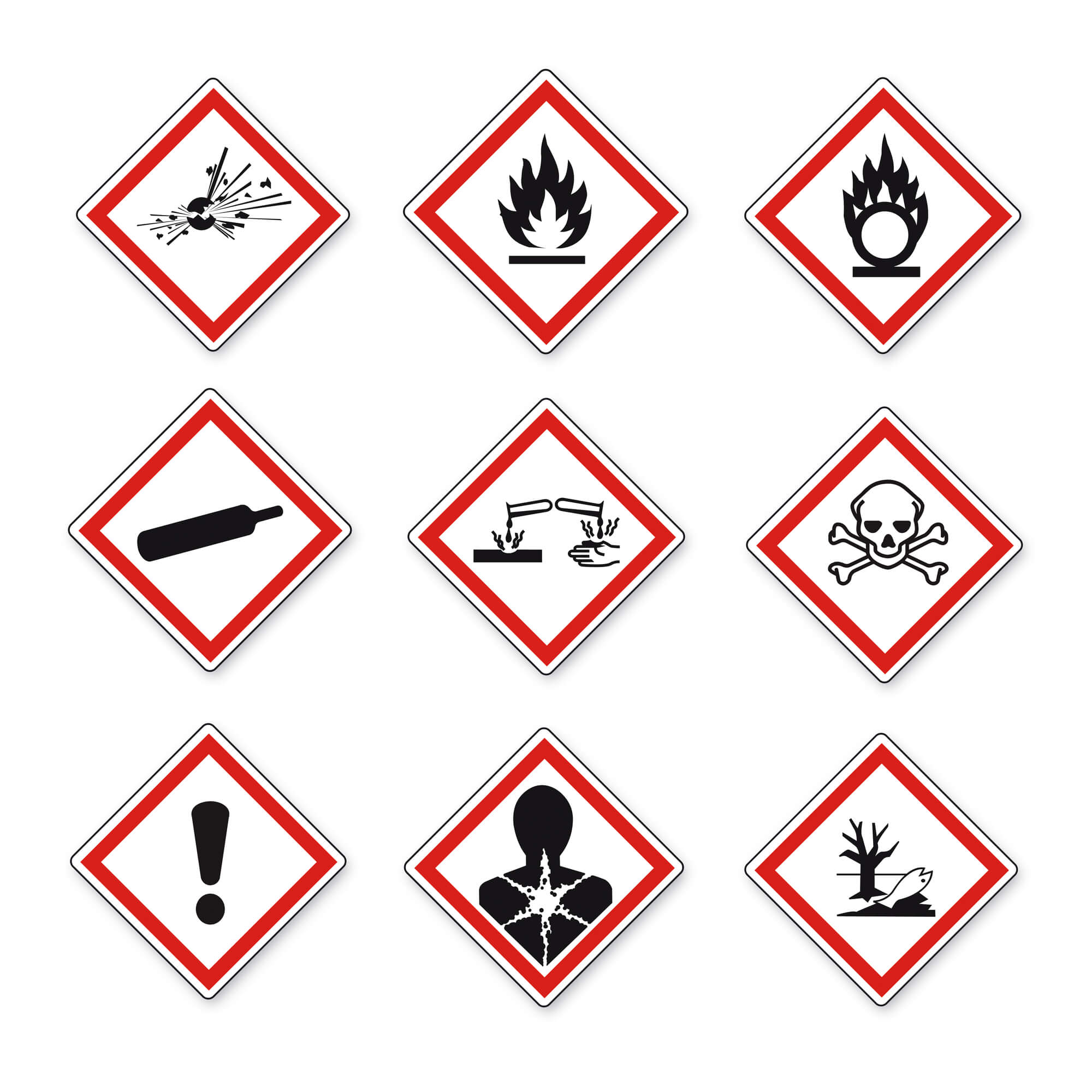Ensuring workplace safety is paramount; an effective hazard communication system is vital for achieving this goal. One such system is the Workplace Hazardous Material Information System (WHMIS). In this article, we will explore WHMIS's meaning, components, and international relevance, highlighting its role in safeguarding workers from hazardous materials.
What is Workplace Hazardous Material Information System (WHMIS)?
WHMIS, or the Workplace Hazardous Material Information System, is a comprehensive framework that provides essential information about hazardous materials used in Canadian workplaces. It is a critical tool for enhancing worker safety, accident prevention, and reducing health risks associated with hazardous substances.
The Purpose of WHMIS
The primary objectives of WHMIS are multifold. Firstly, it aims to inform workers about the potential hazards of the materials they handle. Secondly, WHMIS educates workers on safe handling, storage, and disposal practices, ensuring their well-being. Thirdly, it promotes using appropriate personal protective equipment (PPE) to minimize exposure. Lastly, WHMIS ensures employers and employees can access necessary safety information to make informed decisions.
Key Components of WHMIS
1. Classification
Classification is a crucial aspect of WHMIS. Hazardous materials are categorized based on their physical and chemical properties. These hazard classes, including flammable, toxic, corrosive, etc., provide standardized categories for identifying and communicating potential dangers. Proper classification ensures accurate labelling and appropriate handling of hazardous products.
2. Labels
Clear and informative labels play a vital role in WHMIS. WHMIS labels are designed to communicate hazard information effectively on containers. These labels incorporate product identifiers, hazard pictograms, signal words, and precautionary statements. Proper labelling helps workers identify potential hazards at a glance and guides them in safely handling materials.
3. Safety Data Sheets (SDS)
Safety Data Sheets (SDS), formerly known as Material Safety Data Sheets (MSDS), are comprehensive documents providing detailed information about hazardous materials. SDS contain crucial data about physical and chemical properties, health effects, safe handling procedures, emergency measures, and more. Employers must ensure that SDS are readily accessible to workers and that they understand how to interpret and apply the information provided.
4. Education and Training
Education and training are fundamental to the effective implementation of WHMIS. Employers have a legal obligation to provide WHMIS training programs to their employees. Worker education includes understanding WHMIS labels, Safety Data Sheets (SDS), and safe handling practices. Employers can create a safer work environment and mitigate potential risks by empowering workers with knowledge.

WHMIS in an International Context
The influence of WHMIS extends beyond Canadian borders. The adoption of WHMIS principles has led to the development of similar hazard communication systems worldwide. One notable example is the Globally Harmonized System (GHS), which aligns with WHMIS objectives. These international frameworks contribute to a global standard for hazard classification and communication, promoting occupational health and safety on a broader scale.
Conclusion
Workplace safety should never be compromised, especially when dealing with hazardous materials. WHMIS, the Workplace Hazardous Material Information System, offers a comprehensive approach to hazard communication and ensures the well-being of workers. By adhering to WHMIS guidelines, including proper classification, labelling, access to Safety Data Sheets, and education and training programs, employers can create safer workplaces where workers are protected from potential hazards.
Remember to consult provincial regulations and stay current with WHMIS 2015 and the Hazardous Products Act to ensure compliance. Together, let's prioritize workplace safety by ensuring that hazardous products are properly classified, labelled, and accompanied by accurate Safety Data Sheets. By implementing effective hazard communication strategies, providing comprehensive training programs, and promoting worker education, we can create a culture of safety where every individual understands the importance of handling hazardous materials with caution. Let WHMIS be the cornerstone of your occupational health and safety practices as we strive towards a safer and healthier work environment.
